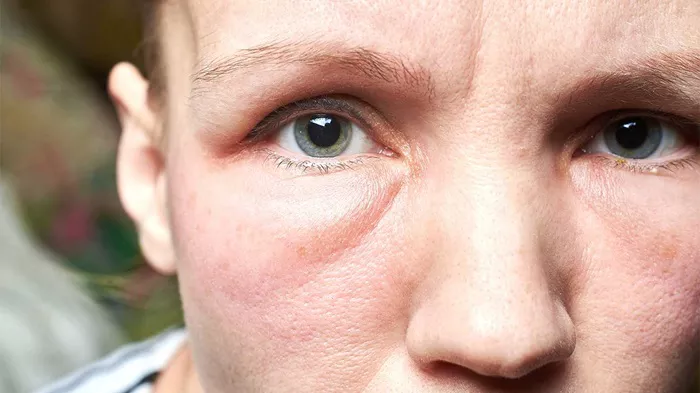Nearly one in ten children in the United States suffers from asthma, with rates significantly higher in urban areas. Yet, in a suburban community near Atlanta with over 300 children, not a single case of asthma has been reported—thanks to intentional biophilic design. Most U.S. cities and communities have historically neglected human biology in their planning, contributing to rising rates of cardiovascular disease and mental health problems. Could chronic illnesses be symptoms of poorly designed environments rather than purely medical issues?
Humans evolved over millions of years in natural environments, exposed daily to sunlight, seasonal rhythms, and interconnected ecosystems. Modern urban planning, however, systematically removes these essential elements from daily life, often disregarding basic biological needs. Cities overload with artificial light disrupt circadian rhythms, and prioritize cars over pedestrians, limiting physical activity and reducing access to green space. Such designs conflict with human physiology, despite advances in medicine, many health problems persist.
Biophilic cities represent an alternative urban planning approach that respects humans’ evolutionary connection with nature. Rather than viewing natural systems as obstacles or luxury add-ons, these cities recognize nature as critical infrastructure for human health and well-being. They integrate natural exposure into everyday life, combining food production with seasonal cycles and prioritizing walkability and social spaces that support physiological needs.
Two U.S. communities exemplify different ways to build biophilic cities while sharing common principles.
Serenbe: A Community Built from the Ground Up
Founded in 2004 near Atlanta, Serenbe is a biophilic community designed to support human biological needs. Following a “70/30” land use principle, 70% of the area is permanently protected forest, while only 30% is minimally developed. Residents have immediate access to forest trails, ensuring daily contact with nature.
Founder Steve Nygren emphasizes the sensory connection to nature through simple acts like walking outdoors or listening to birdsong. Serenbe’s clustered architecture minimizes land disturbance, while energy-efficient homes use geothermal and solar technologies. The community also features medicinal gardens and natural wastewater treatment systems.
Health benefits are clear: zero childhood asthma cases, reduced joint pain, improved overall well-being, and stronger social cohesion fostered by design elements like front porches and shared communal spaces.
Austin: Retrofitting a City for Biology
Austin, Texas, showcases how existing cities can integrate biophilic principles through coordinated municipal efforts. Its Neighborhood Forest Project plants thousands of shade, ornamental, and fruit trees citywide, creating a “food forest” that supports both human and ecological needs.
Austin’s 33.8 million trees cover nearly one-third of the city, storing 1.9 million tons of carbon annually and filtering significant air pollution, while reducing residents’ energy costs by nearly $19 million per year. These ecological services translate into an economic value of $16 billion.
Through the “CodeNEXT” program, Austin is revising zoning laws to prioritize vegetation, ecosystem functions, and human biology in development decisions, institutionalizing biophilic principles citywide.
Both Serenbe and Austin prioritize pedestrian-friendly design, daylight exposure of water systems, and integrated food production—recognizing these factors as vital to human biology. Economically, these approaches are sustainable: Serenbe’s model supports self-sufficiency with measurable health benefits, while Austin’s investment creates substantial ecosystem services and cost savings.
The evidence is clear: current urban designs often undermine human physiology, contributing to a hidden health crisis. But communities like Serenbe and cities like Austin prove that environments supporting human health are both achievable and economically sound. The key is prioritizing well-being over mere convenience—our biology remains constant, but our cities can change.
Related Topics





























